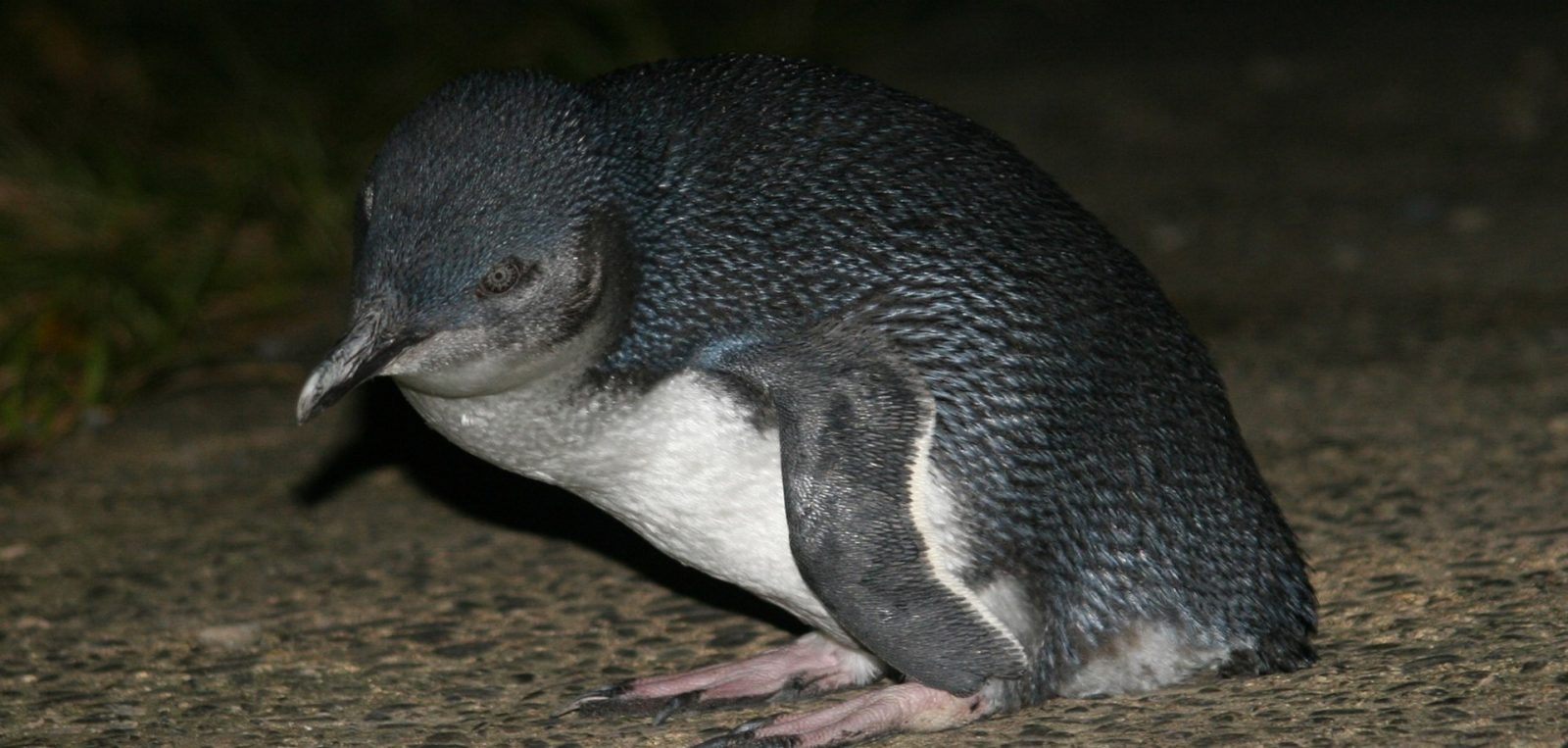Around the planet, humans kill vast numbers of wildlife and we have pushed many to extinction.
Something we need to remember, is that we are not the only dangerous thing...

 The little penguin is a species of penguin from New Zealand. They are also known as fairy penguins, little blue penguins, or blue penguins, owing to their slate-blue plumage and are also known by their Māori name kororā. They are fossorial birds.
The little penguin is a species of penguin from New Zealand. They are also known as fairy penguins, little blue penguins, or blue penguins, owing to their slate-blue plumage and are also known by their Māori name kororā. They are fossorial birds.
The Australian little penguin, from Australia and the Otago region of New Zealand, is considered a separate species by a 2016 study and a 2019 study. This will be covered separately, and you can look at its page here.
There have been a variety of subspecies suggested, as well as a colour difference, but there is little consensus on this at this time, and current suspicion is that these groups can interbreed, and therefore cannot yet be recognized as subspecies.
They grow to 30-33cm and 1.5kg. In the wild, they have been found to live for an average of 6 years, though in captivity individuals have been found to live for 25 years.
Little penguins feed by hunting small clupeoid fish, cephalopods, and crustaceans, for which they travel and dive quite large distances and to significant depths for their size including to the sea floor. Important little penguin prey items include arrow squid, slender sprat, Graham’s gudgeon, red cod, and ahuru.
Threats to whole colonies exist, where colonies grounds get turned to human use. Dogs, cats, rats, stoats and ferrets have all been introduced into New Zealand and feral populations are a significant threat to the continual survival of all of New Zealand’s flightless birds. It is likely that, as they breed in a variety of places, the New Zealand little penguin are less threatened with extinction given these other places that they breed.
They are classed as least concern and have an estimated current population of 350,000-600,000 between the two little penguin species, I have not been able to find out how this number is split.
Below, you will find a video, followed by a list of articles (if any) from this website. It is unfortunate, but currently our plugin is not ruling out articles properly, so it is possible that some of the articles should not be here.
Should you work in tourism of this species do get in touch, we are eager to list anyone who works in ecotourism. Click on “list your wild place” on the home page or here to start your listing today. All these links will appear at the bottom of the page.
Around the planet, humans kill vast numbers of wildlife and we have pushed many to extinction.
Something we need to remember, is that we are not the only dangerous thing...